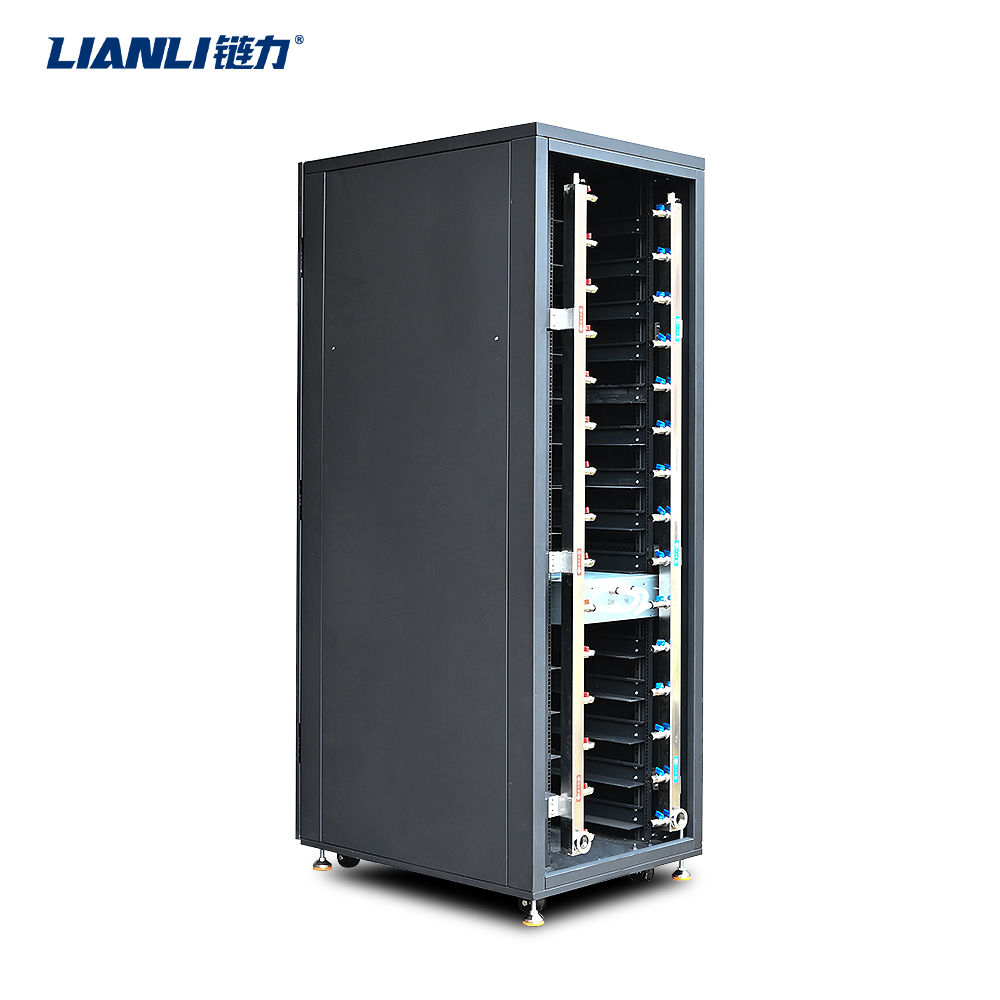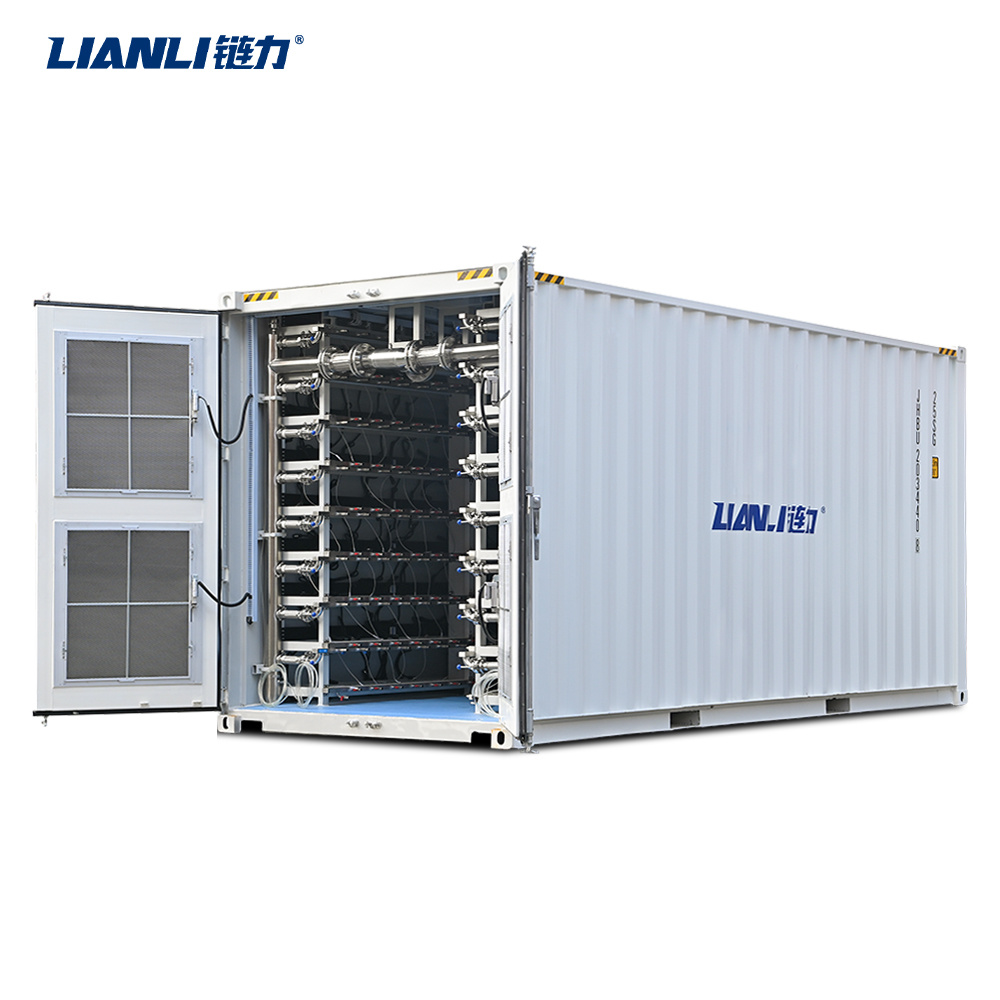Miner S19e XP Hyd.: Liquid Cooling and Its Role .in Mining Hardware Protection
Cryptocurrency mining has evolved significantly since the early days of Bitcoin. As mining hardware becomes more powerful and energy-intensive, the need for efficient cooling solutions has grown. One of the most promising technologies in this field is liquid cooling, which is increasingly being adopted by high-performance miners such as the Miner S19e XP Hyd.. This article explores how liquid cooling works and its crucial role in protecting mining hardware from overheating and performance degradation.


What is the Miner S19e XP Hyd.?
The Miner S19e XP Hyd. is a next-generation Bitcoin mining rig developed by Bitmain. Unlike traditional air-cooled miners, this model is designed specifically for liquid cooling environments. It features a sealed, water-resistant chassis that allows for immersion cooling or direct-to-chip liquid cooling systems. This innovation enables the miner to operate at optimal temperatures, even under full load, ensuring long-term stability and efficiency.How Does Liquid Cooling Work in Mining Hardware?
Liquid cooling involves transferring heat away from the components using a liquid medium instead of air. There are two main types of liquid cooling used in mining rigs like the Miner S19e XP Hyd.:- Direct-to-Chip Cooling: In this method, a cold plate is attached directly to the ASIC chips. Coolant flows through the plate, absorbing heat and carrying it away from the chip. This approach is highly efficient and is commonly used in data centers and high-performance computing.
- Immersion Cooling: This technique involves submerging the entire mining rig in a thermally conductive but electrically insulating liquid. The heat generated by the components is absorbed by the liquid, which is then cooled using a heat exchanger or radiator. Immersion cooling is particularly effective for large-scale mining farms.
Benefits of Liquid Cooling for the Miner S19e XP Hyd.
The Miner S19e XP Hyd. benefits greatly from liquid cooling in several ways:- Improved Thermal Efficiency: Liquid cooling removes heat more effectively than air, which helps maintain lower operating temperatures. This leads to more stable hash rates and reduced thermal throttling.
- Extended Hardware Lifespan: High temperatures can degrade electronic components over time. By keeping the ASIC chips and other components cooler, liquid cooling helps extend the life of the miner.
- Noise Reduction: Traditional mining rigs can be extremely noisy due to the high-speed fans required for cooling. Liquid cooling systems are much quieter, making them more suitable for residential or urban mining setups.
- Energy Savings: Liquid cooling systems are generally more energy-efficient than air cooling, especially in large-scale operations. This reduces the overall cost of mining and improves profitability.
Challenges and Considerations
While liquid cooling offers many advantages, it also comes with some challenges:- Higher Initial Cost: Implementing a liquid cooling system can be more expensive upfront than traditional cooling methods. However, the long-term benefits often justify the investment.
- Complexity of Setup: Liquid cooling systems require more planning and maintenance than air-cooled setups. Leaks, coolant quality, and system compatibility must be carefully managed.
- Specialized Infrastructure: For large-scale deployments, data centers may need to be retrofitted or designed specifically for liquid cooling.




